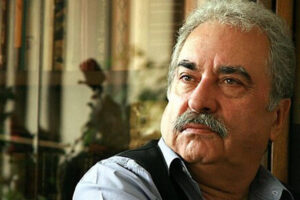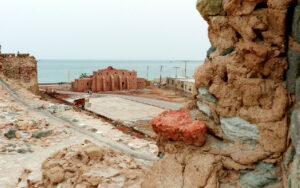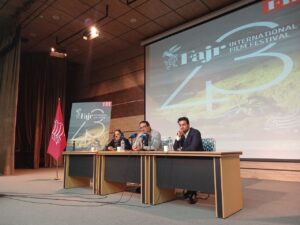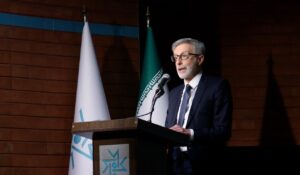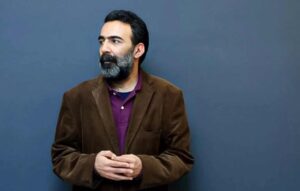The funeral ceremony of Farshchian—widely known as the father of modern Iranian miniature—began at the Isfahan School of Fine Arts, the very place where he spent his youth and took his first artistic steps.
Farshchian’s works are considered unique and invaluable.
Iran’s former foreign minister, Mohammad Javad Zarif, mourning the artist’s passing, said: “I used to present Farshchian’s books to U.S. congressmen and ambassadors on the occasion of the New Year.”
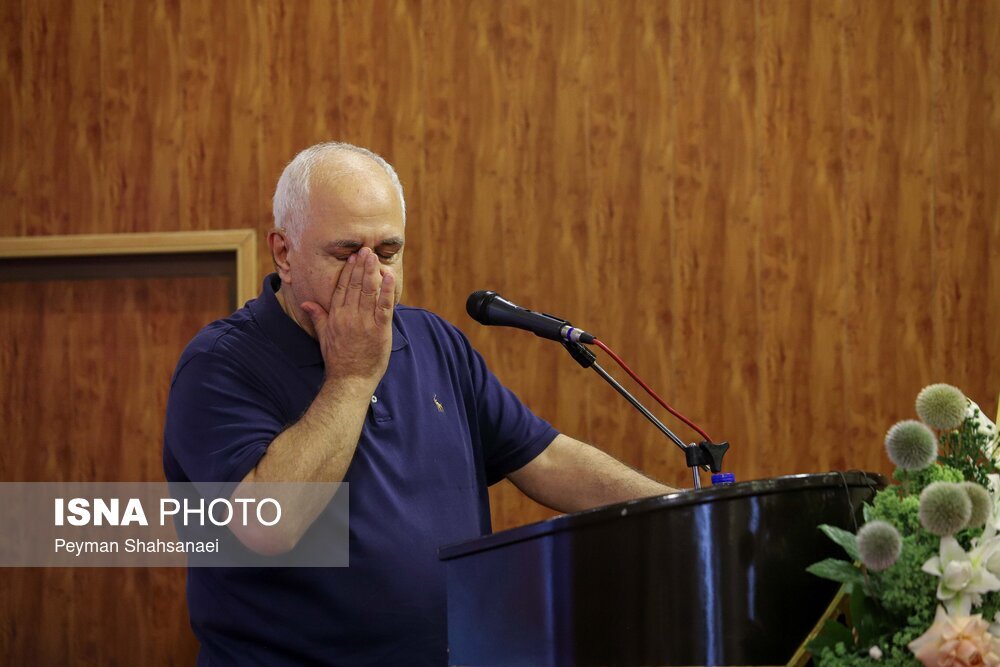
Addressing Farshchian’s family and the gathered mourners, Zarif added: “We took pride in presenting the Master’s works before the world.”
His voice breaking with emotion, Zarif continued “We presented Farshchian’s works to U.S. officials on various occasions, telling them: This is Iran—not the images of violence and warmongering that you show to the world as Iran’s face. ”
Mahmoud Farshchian passed away in the United States at the age of 95. According to his will, his body was transferred to Iran to be laid to rest at the mausoleum of the Iranian poet Saeb Tabrizi.
Senior Iranian officials, including former foreign minister Mohammad Javad Zarif and Minister of Culture and Islamic Guidance Seyed Abbas Salehi, attended the funeral ceremony.
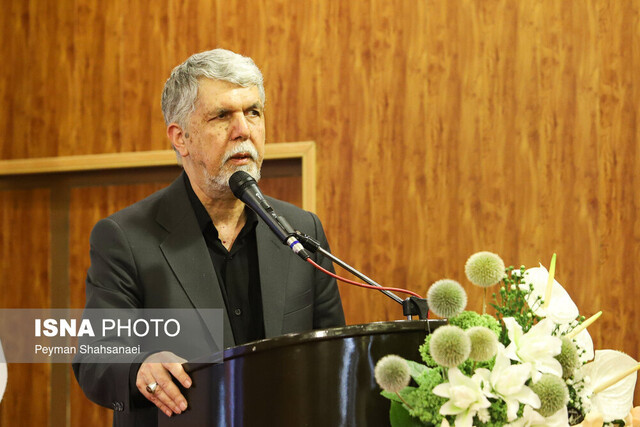
Seyed Abbas Salehi: Farshchian was the “ambassador of Iranian and Islamic identity”
Seyed Abbas Salehi described Master Farshchian as the “ambassador of Iranian and Islamic identity” in his speech during the artist’s funeral procession.
“Farshchian was not merely an artist, but a cultural ambassador of Iran to the world,” he said, adding that Isfahan is not only the heart of the nation’s culture and art but also the main gateway of Iran’s cultural diplomacy.
Salehi noted that Farshchian was a genius whose brilliance was matched by his perseverance. “Artists know that some have talent but lack persistence, and vice versa. Only a few figures in Iran’s art history combined both genius and effort,” he explained.
He also highlighted the longevity of Farshchian’s artistic career, which spanned more than 80 years — from childhood until the final days of his life. “He was also a poet, and his works were like illustrated poems. That was the secret of their enduring appeal,” Salehi added.

